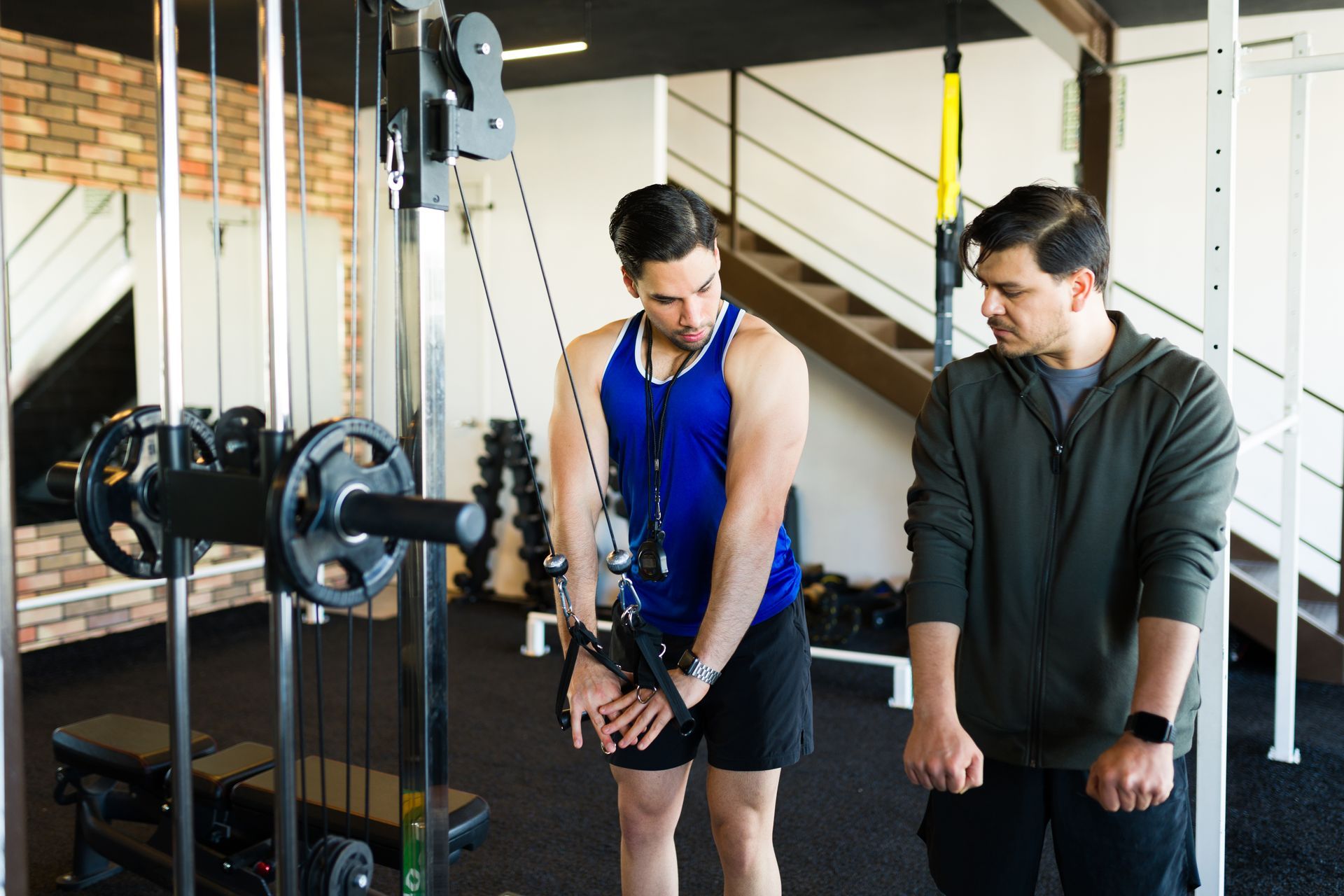June 14, 2024
Is Fasted Cardio Actually Good? Insights from a Nashville Personal Trainer
Understanding Fasted Cardio
Cardio workouts are a staple in fitness routines, known for enhancing cardiovascular health, boosting endurance, and aiding in fat loss. As a Nashville personal trainer, I've encountered many clients curious about the benefits and drawbacks of fasted cardio. This practice involves performing cardiovascular exercise on an empty stomach and has sparked considerable debate among fitness enthusiasts and researchers alike.
In this article, we delve into the science behind fasted cardio, its potential benefits, and whether it might be a good fit for your personal training regimen.
The Concept Behind Fasted Cardio
Proponents of fasted cardio argue that performing cardio first thing in the morning before eating forces the body to use stored fat for energy, potentially enhancing fat loss. This idea gained significant attention from Bill Phillips' 1999 book, *Body-For-Life*, which recommended three 20-minute high-intensity interval training (HIIT) sessions a week, performed first thing in the morning. The book's popularity led fitness enthusiasts, including many who have contacted me seeking personal training in Nashville, to adopt fasted cardio widely.
The Debate Against Fasted Cardio
Critics of fasted cardio argue that the body might resort to using muscle tissue for energy (especially when doing High Intensity Intervals) instead of fat when exercising on an empty stomach. They suggest that consuming a healthy meal before a cardio session can jumpstart your metabolism, improve performance during the workout, and increase overall fat burn throughout the day. This approach is said to prevent muscle loss and provide sustained energy for a more effective workout.
What Does the Research Say?
Interest in the efficacy of fasted cardio has led to numerous studies aimed at understanding its impact on fat loss and overall performance. A 2016 study published in the British Journal of Nutrition compared the metabolic effects of aerobic exercise performed in a fasted state versus after a meal. The findings indicated that fat oxidation was higher in subjects who exercised in a fasted state than those who ate first, suggesting that fasted cardio might promote greater fat burning.
However, a 2014 study found that body composition changes occurred regardless of whether cardio was performed fasted or fed, indicating that both methods can be effective for fat loss. This suggests that the choice between fasted and fed cardio may come down to personal preference and individual response.
Choosing the Right Type of Fasted Cardio
When Bill Phillips first popularized fasted cardio, he advocated for HIIT due to its effectiveness in promoting fat loss. However, recent debates have shifted towards whether HIIT or Low-Intensity Steady State (LISS) training is more suitable for fasted cardio. A 2020 study examined the effects of fasted HIIT on 32 obese women, finding that some experienced decreased performance while others saw no significant changes.
Personal Experience Matters
While fasted cardio can benefit some, it's not universally effective. A 2012 study by Cambridge University focused on 12 active men, comparing the effects of cardio performed after an overnight fast versus after eating breakfast. The study concluded that while energy intake and performance were similar, those who ate first had a more suppressed appetite later in the day, reducing the likelihood of consuming excess calories.
Ultimately, incorporating fasted cardio into your routine should be based on personal experimentation and listening to your body. As a personal trainer in Nashville, I encourage clients to try different approaches and see what works best for them. The consensus among many fitness experts is that HIIT workouts in a fasted state might not be ideal due to the risk of muscle loss and decreased performance. Instead, low to moderate-intensity steady-state cardio (LISS) is recommended if you choose to exercise on an empty stomach.
Implementing Fasted Cardio
To determine if fasted cardio works for you, start by measuring your weight and body fat percentage. Follow a consistent weight training schedule and balanced nutrition plan. Begin your fasted cardio routine by drinking 8-16 ounces of water upon waking to ensure proper hydration.
Start with 15 minutes of moderate-intensity cardio on training days, such as a brisk walk or light elliptical session. Gradually increase the duration each week: 20 minutes in the second week, 25 minutes in the third week, and 30 minutes in the fourth week. After four weeks, reassess your weight and body fat percentage to gauge progress.
If you see improvements, fasted cardio may be effective for you. If not, try performing your cardio after a healthy meal and compare the results.
Conclusion
Fasted cardio can be a valuable tool in a fitness program when applied thoughtfully. Whether you're a beginner or an advanced athlete, low to moderate-intensity fasted cardio can help enhance fat loss and improve your overall fitness. By experimenting with different approaches and listening to your body, you can determine the best strategy for achieving your fitness goals.
For personalized guidance and to explore more fitness strategies, consider working with a Nashville personal trainer. Whether you’re looking for personal training in Nashville or need advice on your fitness journey, expert support can make all the difference in achieving your goals.





